Building sustainable partnetships in river basin management
Bart Fokkens
European Centre for River Restoration, Netherlands
Introduction:
The overall goal of the European River Symposium 2016 was to contribute to increased uptake of partnerships and cooperation amongst sectors that influence water and leading to better outcomes. Therefore examples of partnerships and cooperation between water administrations and the sectors which affect or need water, water utilities, hydropower companies, nature organisations, navigation institutes and other partners were highlighted.
Advancing partnerships in river and water management:
The European Water Framework Directive (WFD) is not only about keeping the water clean but also includes ecological restoration. Integrating this in other (EU) policies asks for quite a number of balanced decisions, maximizing the benefits for the society. Everything we have to do with water management has to do with other stakes, asking for partnerships.
The development of partnerships takes time to be able to build trust and continuity and is a matter of learning by doing, consulting and listening and awareness that success takes time! Sufficient capacities, a clear framework and external funding are needed to create possible multiple benefits. It is often difficult to get all relevant players on board e.g. all the different ministries. Agriculture is a key sector, however difficult to involve. A basin wide approach is essential to include all aspects e.g. “upstream & downstream thinking”.
Lessons on strengthening partnerships:
Different stakeholders should identify together priority issues and problems and also how to measure and monitor relevant parameters. Extreme positions across sectors and stakeholders have to be ruled out to understand each other. The task of the sector managers is also to enter the political arena. It is inevitable that elements of the private sector will get more involved in water issues within a wider government context. That context is political, messy and multi-scale. Guidance and examples will be needed on how to shape water stewardship.




